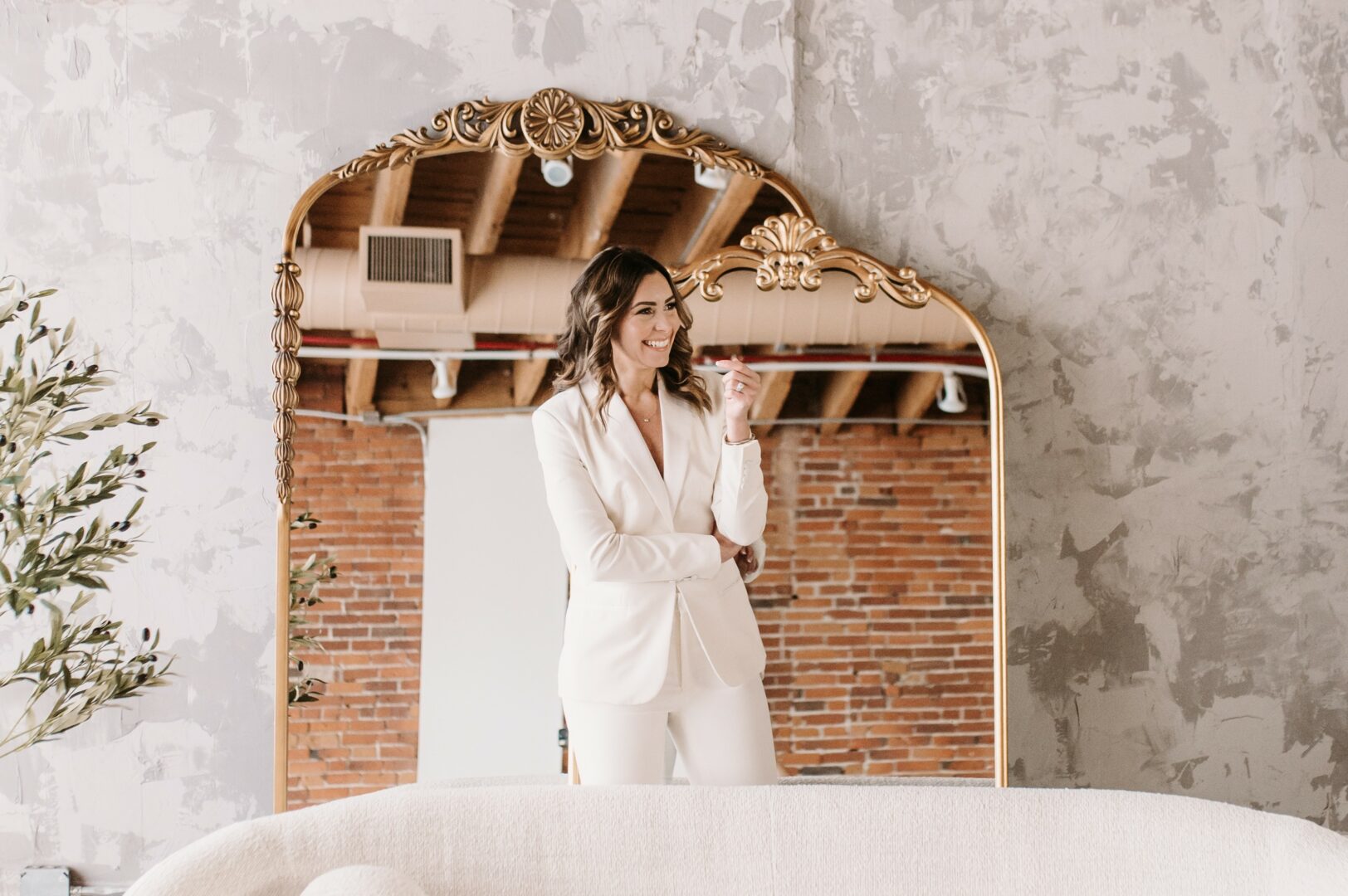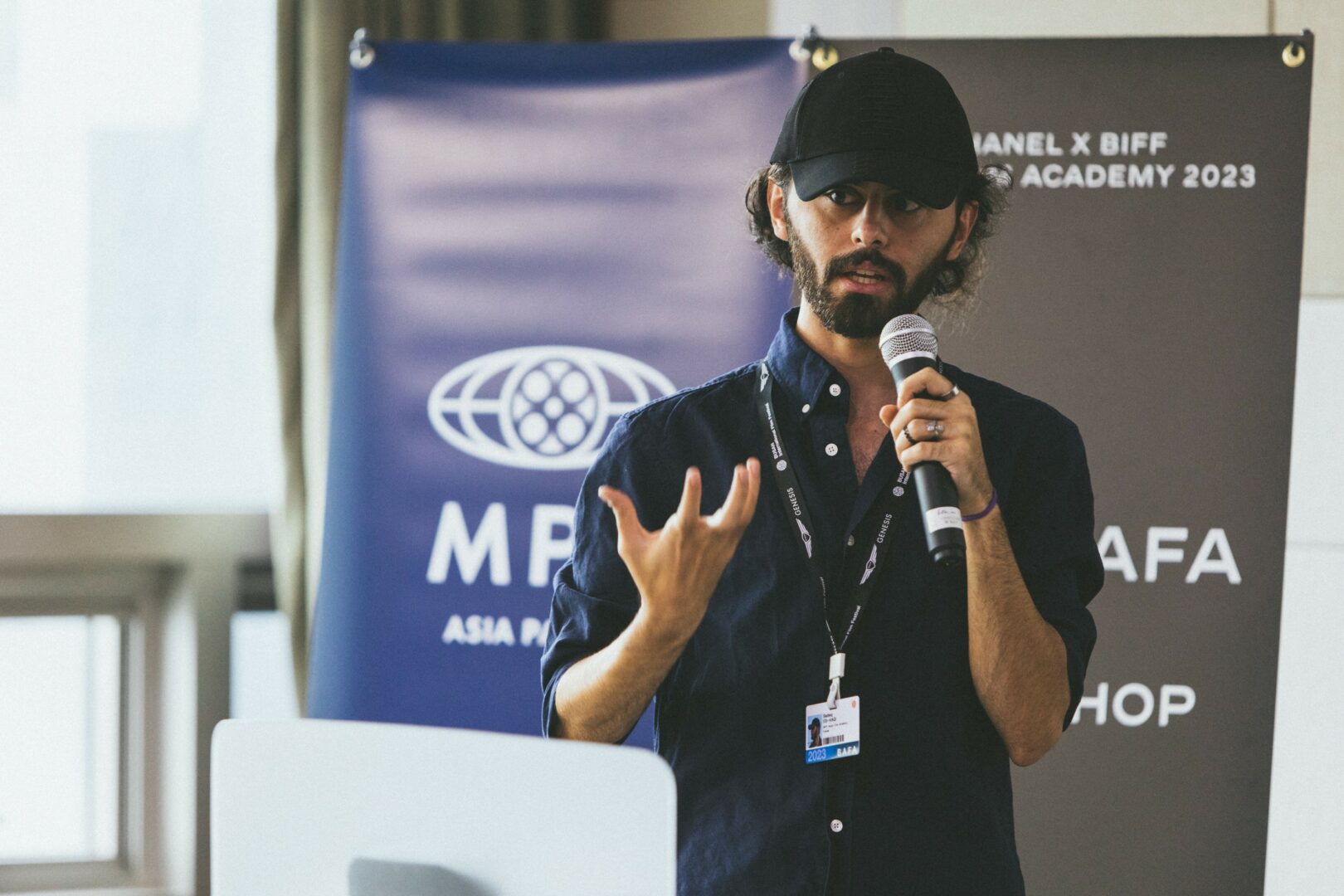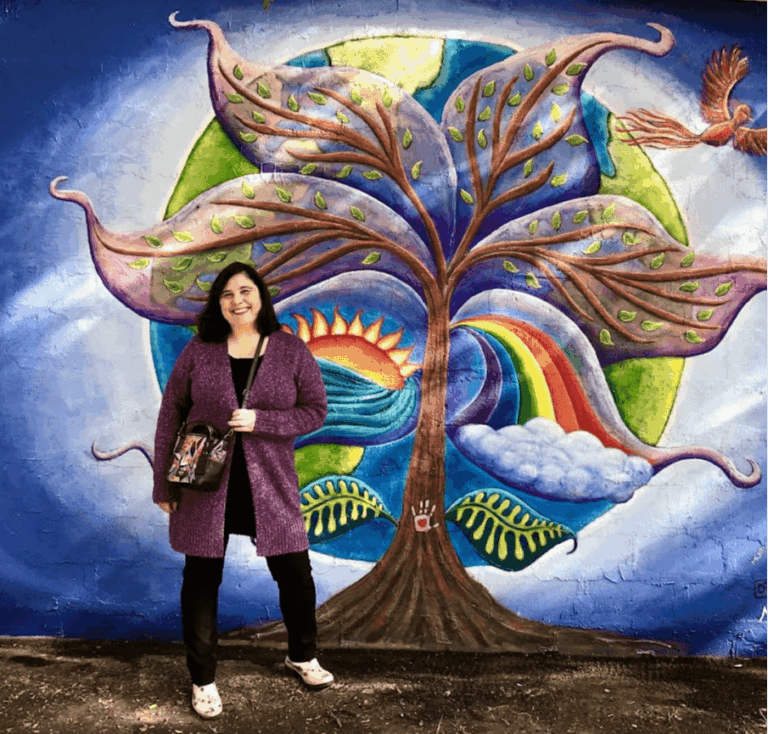We were lucky to catch up with Craig Robb recently and have shared our conversation below.
Craig, looking forward to learning from your journey. You’ve got an amazing story and before we dive into that, let’s start with an important building block. Where do you get your work ethic from?
I learned things such as resilience and work ethic as a child. Chores were a daily thing when I was growing up. My family background is farming and ranching so jobs were just part of my life. We were just expected to help out around the house. There were no negative connotations to them. It was just something you were expected to do so we did. From the moment that I could push a mower, I was put to work. We also had an elderly neighbor so I would mow her lawn and shovel her sidewalks when I was done at my house. Because that was what you do.
Also, as a kid, we were shipped down to my grandparent’s farm north of Limon for several weeks in the summer, supposedly for vacations. I think though, my mom just needed a break from her three boys. But on a farm, there were things that needed to get done so we were put to work. Gathering eggs, helping with harvest, etc. For a city boy, this was fun, not work.
Then my father bought a gift shop in Grand Lake to support his teaching salary in his off-summer months. Again, we were expected to help out. Not sure what the labor laws were then!
Having a strong sense of diligence or industry has benefitted me in how I create my artworks. It helps to keep me focused and pushes me to excel at my craft.


Appreciate the insights and wisdom. Before we dig deeper and ask you about the skills that matter and more, maybe you can tell our readers about yourself?
I am a visual artist working primarily in sculpture. I got started in this field later than most people do trying several other things first. Having a brother who has been a sculptor since he was young, I learned early about the difficulties of this being a life choice. I avoided the lure of the arts until I was in my thirties but eventually succumbed. I have been at it for over thirty years now and can’t imagine myself doing anything different.
My works of art are created using a wide variety of materials. The materials used in these pieces were primarily wood, steel and found objects. As I developed my processes over the years, I felt the need to enhance the work with a splash of color so I started incorporating acrylics into the sculptures. Most recently, I built myself a steamer so that I could add curved lengths of wood. I often tell people that I get bored easily so I’m always experimenting and playing with new materials and media. A few years ago, I started playing with video but not in a normal way. Shooting it through optic fibers or up a column of rice paper. I also started playing with led lights just to see what I could do with them and to see how they would alter my ideas.
I am probably best known for my quality of craft and attention to details. I feel that it is important to enjoy what I am doing in the studio as people sense that and respond to it in the finished sculpture.
Right now, I am busy in the studio preparing a body of work for the ArtSantaFe art fair on July 11 to 13. From there, I come back to install a show at Pirate which opens on the 18th.


There is so much advice out there about all the different skills and qualities folks need to develop in order to succeed in today’s highly competitive environment and often it can feel overwhelming. So, if we had to break it down to just the three that matter most, which three skills or qualities would you focus on?
These three qualities would be perseverance, adaptability and craft. These have been important in the development of my art and my career and would be valuable tools for any endeavor you choose in order to be successful at it. The first two I feel are just inherent to my personality but I have had to work hard at them.
Perseverance, or having the tenacity and determination to see something through, even when it’s difficult. A willingness to keep at it even when things are not so good. I have also learned to use these circumstances and emotions to inform my art. This quality can be learned; it just requires an understanding of what it takes to accomplish a task and an inclination to stick to it. Like anything, the more you do it the more it becomes integral to your process.
Adaptability, or being able to adjust to new conditions or situations has also been a useful trait in my processes. To be flexible when working with my materials or when I deal with people. When your materials or people you deal with aren’t quite behaving as expected, one needs to be adaptable. You can either choose to fight or struggle with them until you get your way or work with them in a way that is fruitful.
Craft seems to an ongoing thing for me. It is very important as an artist to be knowledgeable in the materials you use and the tools needed to manipulate them. I began learning how to use tools when I was young and have received further training in their usage through the years. I also spent many years at DU teaching students the technical side of making sculpture. With all of this knowledge though, I still seem to find new ways to make my craft better. Often getting new insights from talking to people in the crafts. To someone just starting out, take some classes to get the basics and work at improving those skills. Also, don’t be afraid to ask for help or advise.


What would you advise – going all in on your strengths or investing on areas where you aren’t as strong to be more well-rounded?
I would tend toward trying to be a well rounded individual because it allows one to see and understand the world with a broader perspective. That being said, it is difficult for us to not focus on our one strength and to not develop those other areas. We find it arduous to focus on what is not inherent to us but we should try to improve upon our other qualities as well.
I had a friend years ago whose son was having difficulties in school despite being a smart kid. It got to a point where she sought out counseling. They did some tests that looked into how the brain performs. The theory behind these tests was that your brain learns in four different quadrants and you can quantify how each areas function. When graphed, we get a picture of where we should be doing well in, etc. If I remember correctly, these areas are basically, math, science, arts and language. The results of his testing were that his mind processed one area better than the other three. Their advice for him was to focus more on his strengths and not worry about having to excel in the other classes. The results were that his grades improved in all areas since he was no longer stressing about having to be good at everything.
From all of this, I think that I learned that one needs to understand what it is that you are good at and focus there but understand the importance of the the other components to how you think and learn. Try to improve those areas too but don’t stress over it and they should get better.
Contact Info:
- Website: https://craigrobb.com/
- Instagram: craiger3d
- Facebook: https://www.facebook.com/craig.robb.35/
- Linkedin: https://www.linkedin.com/in/craigrobb/


Image Credits
I took all of the photos
so if you or someone you know deserves recognition please let us know here.




